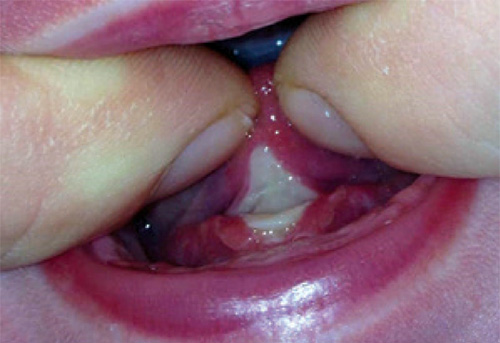Frenectomy Procedure
Frenectomy refers to the procedure that removes the connective tissue (called the frenum) at either the top or the bottom of the mouth, specifically under the tongue or the upper lip.
Frenectomies — Tongue Tie & Lip Tie Release. We’re Here to Help.
If your baby, toddler, or child is struggling with feeding, speech, or sleep issues, a tongue-tie or lip-tie might be the reason. These oral restrictions—known as tethered oral tissues—can affect how the tongue and lips move, leading to a range of challenges. At GRiN Pediatric Dentistry and Orthodontics, we specialize in gentle, laser frenectomies to help improve function and support healthy development at every age.
Signs a Frenectomy May Be Needed
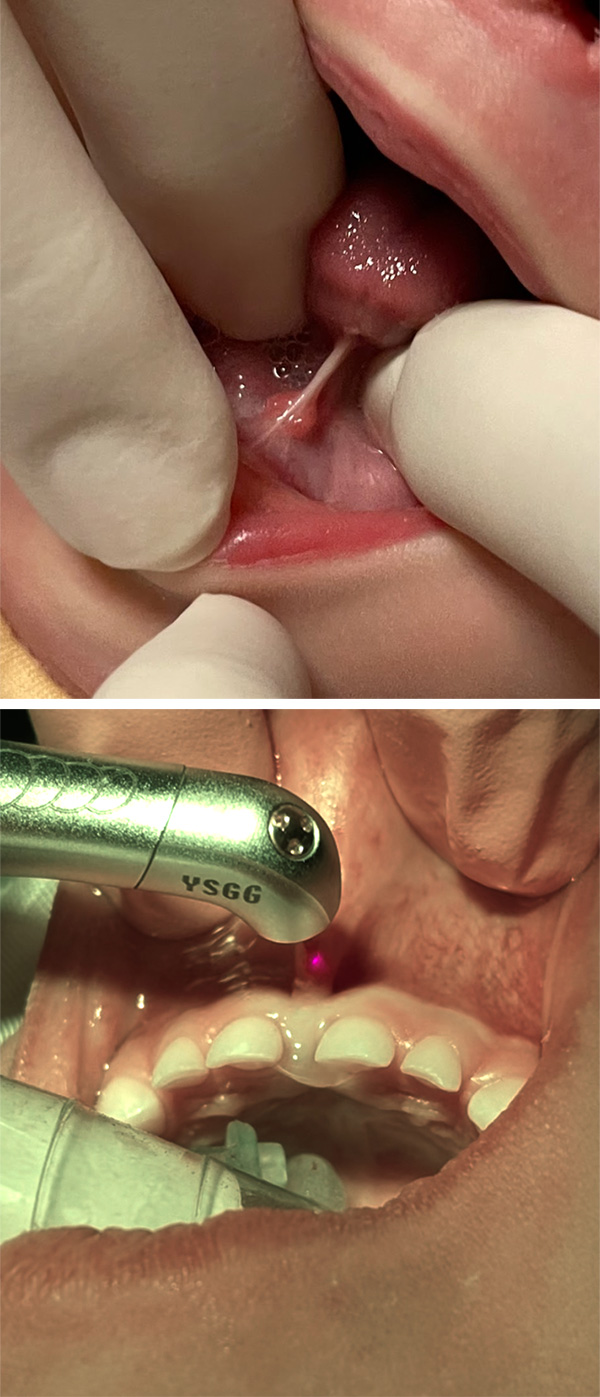 We often see children with tethered oral tissues that haven’t been diagnosed until they begin experiencing symptoms. If your child has a tongue- or lip-tie and shows any of the signs below, we’re here to help.
We often see children with tethered oral tissues that haven’t been diagnosed until they begin experiencing symptoms. If your child has a tongue- or lip-tie and shows any of the signs below, we’re here to help.
Infants (Nursing or Bottle-Fed)
- Difficulty latching or staying latched
- Poor weight gain or “failure to thrive”
- Clicking sounds while feeding
- Excessive gas, reflux, or colic symptoms
- Fussiness when lying down or sleeping on their back
Toddlers and Young Children
- Feeding difficulties (especially with certain textures)
- Dental cavities in front upper or back lower teeth
- Snoring, teeth grinding, or bed-wetting
- Delayed speech or unclear articulation
Older Children and Teens
- Ongoing orthodontic issues (crowding, spacing)
- Long-term speech therapy with limited progress
- Headaches, jaw pain, or muscle tension
- High rate of cavities or gum recession
- Difficulty eating or smiling confidently
Hear From Our Patient
Dr. Linda Murzyn-Dantzer
Dr. Linda Dantzer is an exceptional pediatric dentist and a true expert in laser treatments, particularly in performing frenectomies (tongue tie and lip tie releases). Her skill and precision in this specialized area are unparalleled, and she’s become a trusted authority on the subject. People seek out her expertise and guidance from all over, knowing they’re in the hands of a professional who is dedicated to providing the best care. Dr. Dantzer not only performs these treatments with incredible skill but also shares her knowledge by lecturing around the country, educating others on the latest advancements in this field. She is a true leader in pediatric dental care!
-
What to Expect at Your Child’s Frenectomy Visit?
Examples of When Frenectomies were Needed
Your first visit will be a detailed frenectomy consultation with one of our pediatric dental specialists. We take the time to understand your concerns and evaluate your child’s oral anatomy and function—including the tongue, lips, cheeks, jaw size, and movement.
We’ll also screen for head and neck tension, body asymmetry, and how these factors may be contributing to your child’s symptoms. Our team looks at the whole picture.
If a tongue-tie or lip-tie release is recommended, we’ll explain:
- What a laser frenectomy involves
- The risks and benefits
- Healing expectations and post-op care
- Whether same-day treatment is possible
We also work collaboratively with lactation consultants, feeding therapists, and bodywork providers to ensure your child gets comprehensive support before and after the procedure.
-
Why We Use a Laser for Frenectomies
At GRiN, we use a laser to perform frenectomy procedures because it’s safer, faster, and more comfortable—especially for infants and young children.
Advantages of Laser Frenectomy:
-
- Minimally invasive and gentle on tissues
- No stitches or general anesthesia required
- Often no need for topical or local anesthetics
- Reduced bleeding, swelling, and discomfort
- Quicker recovery and improved healing
- Precise control during treatment—even if the child moves
- Bactericidal properties lower the risk of infection
Laser technology allows us to deliver a pediatric frenectomy experience that’s as stress-free as possible for both kids and parents.
-
-
Aftercare for Breastfed Babies After a Frenectomy
Recovery Scab
If your baby has had a tongue- or lip-tie release, it’s normal to have questions about what happens next. Healing can vary, and while some babies improve immediately, others take a bit of time to re-learn how to latch and feed effectively.
We strongly encourage continued support from your lactation consultant and feeding team after the procedure.
Pain Relief
Most babies experience minimal discomfort and can be soothed naturally through breastfeeding, skin-to-skin time, warm baths, or gentle massage. If your baby is unusually fussy, you may use infant Tylenol—just check with your provider for the appropriate dose based on weight.Healing Process
A white or gray patch will form at the incision site within 24–48 hours. This is normal healing, not an infection or thrush.You may notice mild puffiness of the upper lip—this should resolve within a few days. -
Stretching Exercises After Infant Frenectomy
Post-procedure oral stretches are extremely important to:
- Prevent tissue reattachment
- Support tongue mobility and function
- Minimize scar tissue
- Improve feeding and long-term outcomes
How Often?
Start as soon as possible and aim for every 4 hours in the first 48 hours. Ideally, continue before daytime feedings for the next 2 weeks. It is usually easiest to perform the stretches while positioned with the baby’s head in your lap as the doctor did for the procedure.
Tongue Stretch
- Place two index fingers under your baby’s tongue (on either side of the incision)
- Gently lift the tongue and push backward until you see the diamond-shaped area where the release was done
- Hold for 3 seconds, then release
- Repeat 1–2 times
Lip Stretch
- Use thumbs and index fingers to lift your baby’s upper lip until it reaches the nostrils
- Hold for 3 seconds, repeat 1–2 times
- Gently massage just below the nose afterward
These exercises may feel awkward at first but are key to long-term success. If you stop and your baby begins feeding poorly again, restart stretches for a few days.
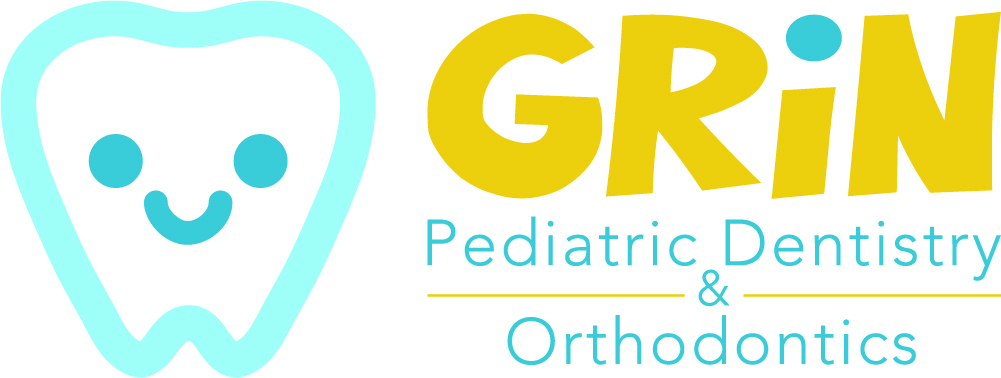
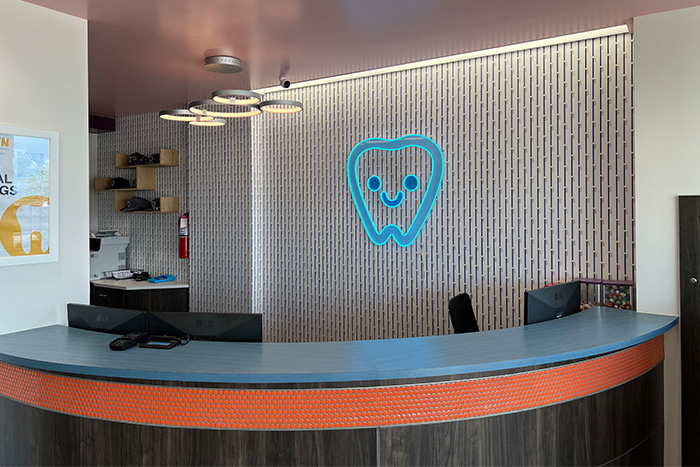
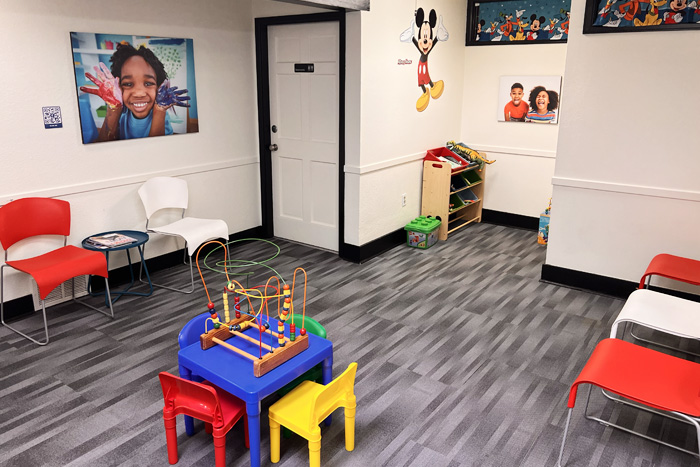

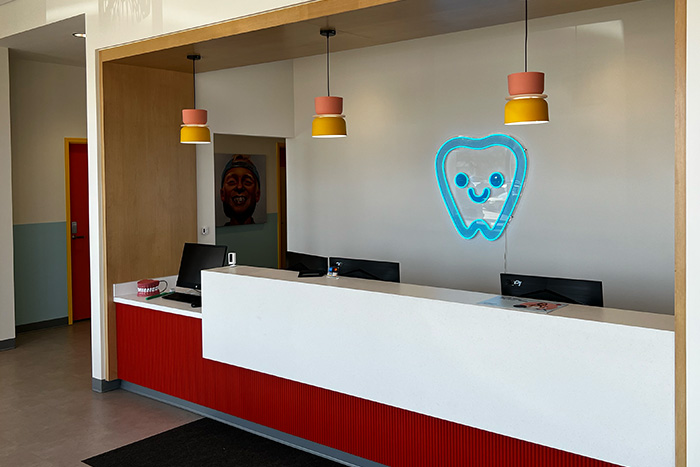
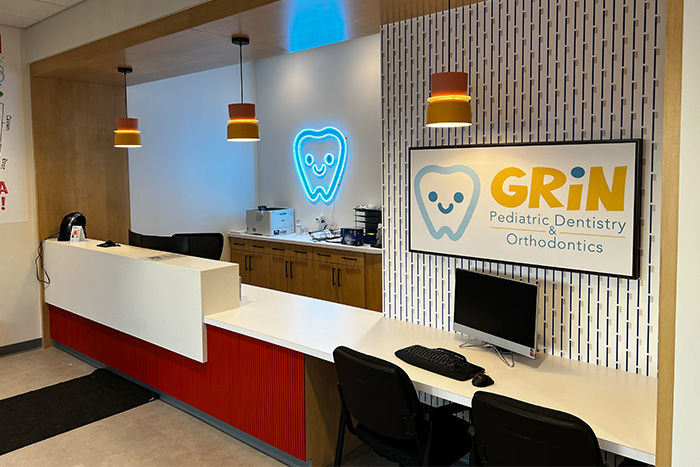


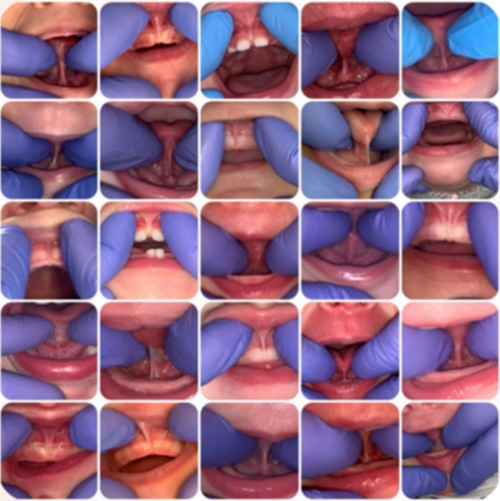
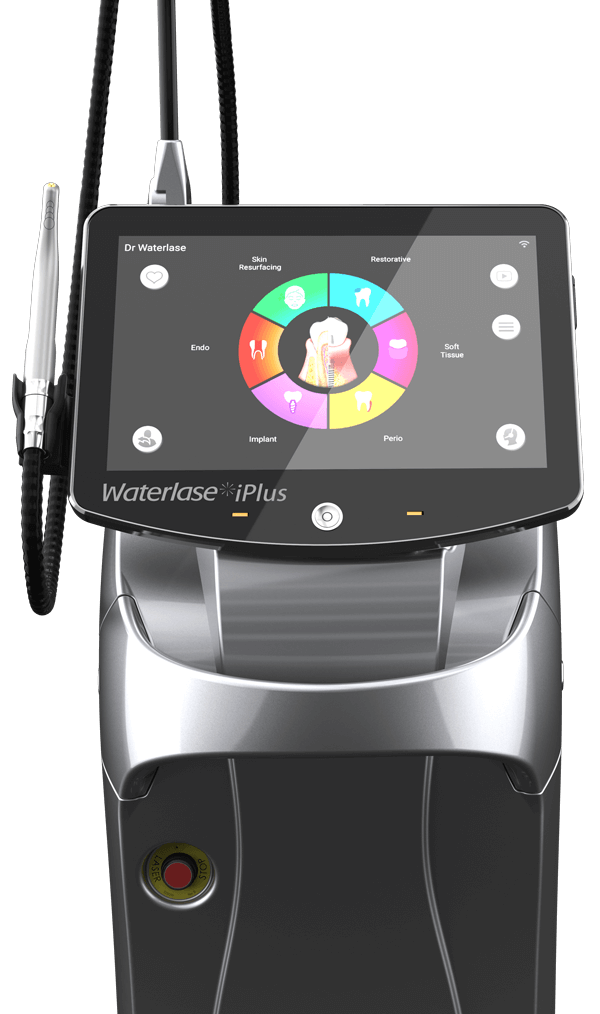 At GRiN, we use a laser to perform frenectomy procedures because it’s safer, faster, and more comfortable—especially for infants and young children.
At GRiN, we use a laser to perform frenectomy procedures because it’s safer, faster, and more comfortable—especially for infants and young children.